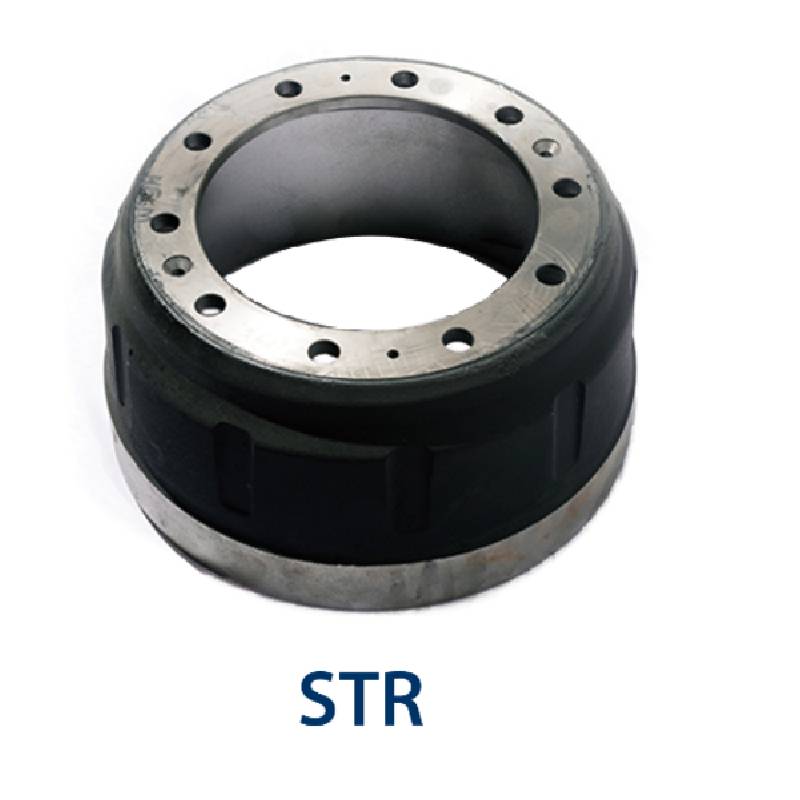Sep . 15, 2024 03:59 Back to list
wheel brake drum
Understanding Wheel Brake Drums Essential Components in Vehicle Safety
Wheel brake drums are a critical component of the braking system in many vehicles, particularly those with drum brakes. As vehicles travel at various speeds and encounter different road conditions, the importance of reliable braking systems cannot be overstated. This article delves into the role of brake drums, how they function, and why they are vital for vehicle safety.
What is a Wheel Brake Drum?
A wheel brake drum is a cylindrical component that houses the braking mechanism in drum brake systems. When the brake pedal is pressed, hydraulic fluid is directed to the wheel cylinders, causing the brake shoes to expand and press against the inner surface of the brake drum. This friction slows down or halts the vehicle's movement. Brake drums are typically made from cast iron or aluminum to withstand the high levels of heat generated during braking.
How Brake Drums Work
The operation of brake drums can be described in several steps
1. Activation When the driver depresses the brake pedal, hydraulic pressure is created in the brake lines. This pressure activates the wheel cylinders. 2. Expansion The wheel cylinders push the brake shoes outward against the inner surface of the brake drum.
3. Friction Creation The contact between the brake shoes and the brake drum generates friction, which converts kinetic energy into thermal energy, thereby slowing the vehicle down.
wheel brake drum

4. Heat Dissipation The materials used in brake drums are designed to withstand significant heat, but efficient heat dissipation is critical to avoid brake fade, which can lead to reduced braking performance.
Advantages and Disadvantages of Brake Drums
Brake drums offer several benefits, particularly for specific vehicle types or usage patterns. One primary advantage is their effectiveness in providing strong braking power, which is particularly beneficial for larger vehicles or those that frequently carry heavy loads. Additionally, brake drums tend to be more affordable than their disc counterparts and often maintain reliability over a longer service life.
However, brake drums do have disadvantages. They generally have a heavier construction compared to disc brakes, which can slightly affect vehicle performance. Moreover, brake drums can be prone to heat-related issues, like brake fade, especially under severe driving conditions, such as long downhill descents.
Maintenance of Brake Drums
Regular maintenance of brake drums is essential to ensure vehicle safety. This includes periodic inspections to check for wear and tear, ensuring that the brake shoes are in good condition, and replacing any components that show signs of damage or excessive wear. Additionally, it's vital to maintain proper adjustment, as improperly adjusted brakes can lead to reduced performance and uneven wear.
Conclusion
Wheel brake drums play an indispensable role in the braking systems of many vehicles. Understanding their function, advantages, and maintenance requirements is essential for vehicle owners and operators. Ensuring that brake drums are in optimal condition not only contributes to vehicle safety but also enhances overall driving performance. As technology continues to evolve, the development of braking systems will further adapt, but brake drums remain a foundational element that exemplifies the enduring need for safety and reliability in automotive engineering.
-
Scania Brake Drums: OEM Quality for Optimal Safety & Durability
NewsAug.16,2025
-
R.V.I: Advanced Remote Visual Inspection for Precision
NewsAug.15,2025
-
Discover HYUNDA: Innovative Vehicles, Equipment & Solutions
NewsAug.14,2025
-
R.V.I: Unlock Advanced Insights & Real-time Performance
NewsAug.13,2025
-
Kamaz Brake Drum: Durable & Reliable for Heavy Duty Trucks
NewsAug.12,2025
-
Heavy Duty Iveco Brake Drum - Premium Quality & Safety
NewsAug.11,2025
